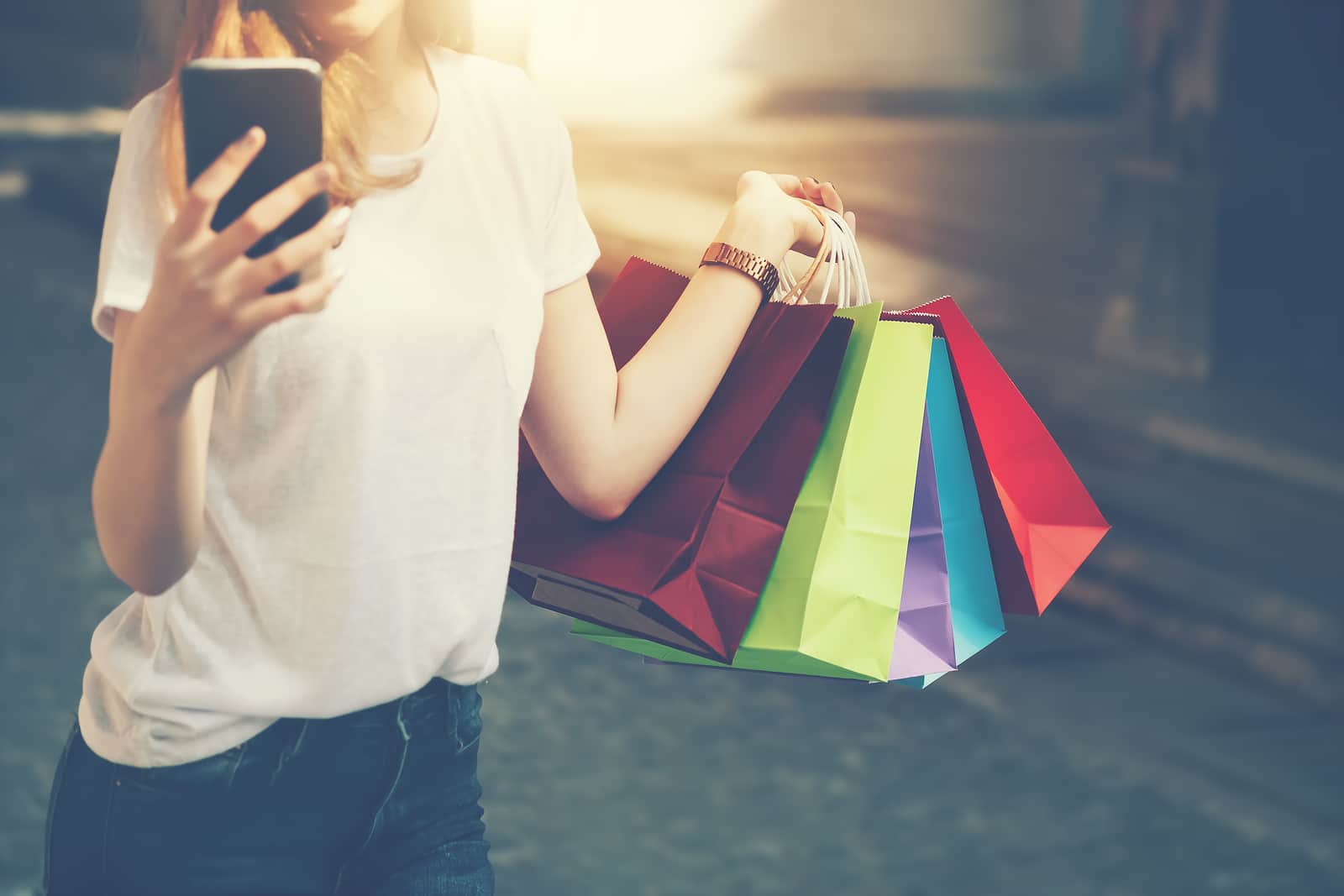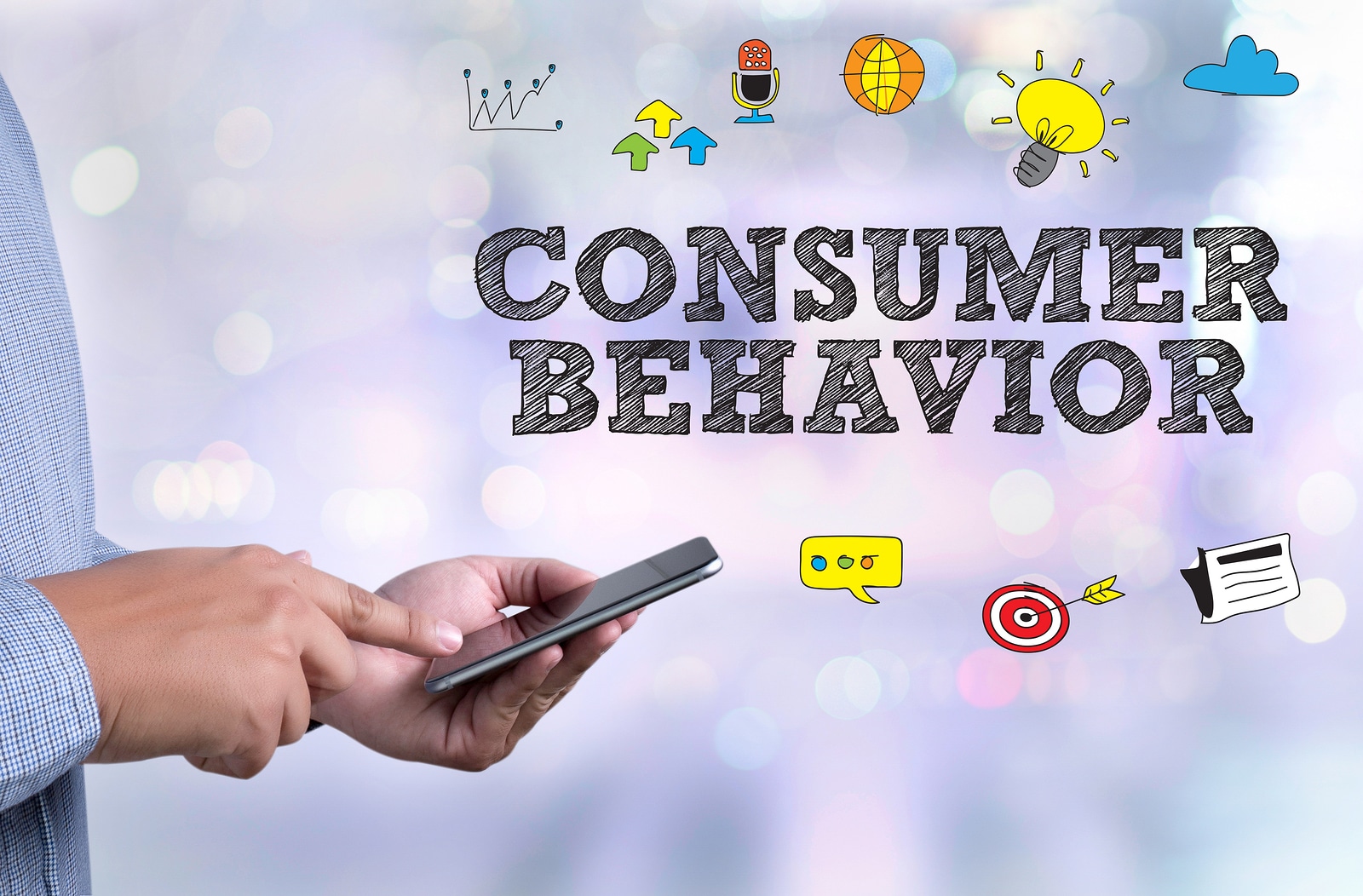I like to use a spreadsheet on my computer to keep my budget. From talking with my family and friends, I know I’m not alone. In fact, I think most everyone I know is now tracking their finances this way, and why not? It’s super handy, easy to use, and you can access it via your mobile devices from pretty much anywhere!
I’ve also learned, though, that there are ways that my particular budgeting habits stand out. I seem to be the only one who has something on her books called “The Fun Budget.” Basically, The Fun Budget is exactly what it sounds like: the money I allocate each month to having fun. These days for me that tends to be brunches with my besties, happy hour with my crew, or weekend dinners at nice restaurants with—you guessed it—my friends. What can I say? I’m a social gal!
Today, I want to talk about how social butterflies like me who can’t ever seem to get enough time with their friends can make extra money just by using fun apps where you can make money for shopping! Of course, I do have a shopping budget, which is money I set aside for clothes, groceries, household products, and more. It’s money I absolutely have to account for and, to be quite honest, it isn’t always fun to spend. But, with the apps I’m going to talk about today, shopping actually becomes a treat, while also helping me save money—money I can funnel right back into my Fun Budget!
3 Fun Apps Where You Can Make Money For Shopping
There are actually many different kinds of apps where you can make money shopping, including gig apps, rewards apps, and coupon apps that help stretch your budget. They’re generally free—and if they aren’t, I say avoid them! They’re all pretty intuitive, too, and a whole lot of fun to use! Most importantly, these are apps you can use to get money back on your purchases or even to make extra money while you’re doing your weekly shopping!
Gigwalk
Gigwalk can be a blast if you walk a lot, especially around an urban or suburban area. It’s kind of like a scavenger hunt for odd jobs. The way Gigwalk works is that the app gives you a map based on your location filled with red pins. When you select these pins, odd jobs pop up. They could be things like verifying product prices at certain stores or taking pictures of retail product displays. All of the gigs can be done quickly while you’re out doing your shopping.
The fun part comes in trying to find the jobs that pay the most. The prices for jobs can range anywhere from $3 up to as much as $100 and the money you make goes directly into your PayPal account. I’ve personally only seen a $100 job on my app once or twice, and, to be totally honest, I didn’t make it in time! But that’s all part of a scavenger hunt, I suppose. Anyway, I’ve had a blast using Gigwalk while I’m out shopping. It’s even given me a chance to practice my amateur photography because most of the tasks that Gigwalk asks you to do have to be verified through photos. So, that’s fun too!
SnipSnap
SnipSnap is one of the apps that falls under the designation of coupon app. This one works a lot like paper coupons worked back in the day: you use SnipSnap to take photos of coupons that come in the newspaper or your junk mail and then the app transforms the coupons into digital, mobile-ready versions. The payment here comes in the form of the discounts you get on items you buy, letting you transfer saved money from your Shopping Budget to your Fun Budget!
I have a lot of fun using this app because it reminds me of when I was a little kid and my mom and I used to scour the paper and the mail for coupons together. (Usually while having cookies and tea!) Truth be told, most of the time when I’m using SnipSnap now, I still treat myself to cookies and tea. Anyway, you can also use SnipSnap to browse online directories of coupons your friends have snipped and, you know me, I love that kind of social element!
Shopkick
Last, but by no means least, we have my favorite of the apps where you can make money for shopping—Shopkick! The beauty and fun of Shopkick is that it basically turns the routine shopping you have to do anyway into a game. How it works is that it gives you points—called kicks—for everyday shopping routines, which you can later redeem for gift cards to your favorite stores.
For example, if you walk into featured stores, you get points; if you scan the barcodes of certain items in those stores, you get points; and when you scan your receipts after making purchases of certain items, you get even more points! It turns shopping into a fun quest for points, which add up to more savings.
You really can’t go wrong with any of the fun apps where you can make money for shopping, but, if I had to choose a favorite it would definitely be Shopkick. There are just so many different ways to earn points! And, quite honestly, the scavenger hunt setup is the most fun for me.
You really can’t go wrong with any of the fun apps where you can make money for shopping, but, if I had to choose a favorite it would definitely be Shopkick.
I’ve also had a blast engaging with other users on Shopkick’s Facebook page. There’s a really cool community of like-minded folks on there who love to share things like Shopkick tips and the latest cool meme their friends have sent. Hopefully, you’ll get hooked like I have and soon we’ll be there together, hunting for new deals and sharing ideas on how to earn even more kicks!
Looking for a fun app that lets you make money for shopping? Download Shopkick for free and join a community of Shopkickers who love the rewards of shopping with us!
Or join us on Facebook, Twitter, and Instagram and check in every day on your phone, no matter where you are, to learn about the hottest, newest deals.
Image courtesy Jirapong Manustrong



 These beliefs and practices can extend all the way to of marketing, and to how consumers purchase decisions are influenced by external and internal opinions. External opinions are related to the social perception of your brand, and what influencers in the consumers’ peer group think of the brand. Internal opinions are based on the consumer’s existing brand perception, as well as their emotional mindset when entering the path to purchase.
These beliefs and practices can extend all the way to of marketing, and to how consumers purchase decisions are influenced by external and internal opinions. External opinions are related to the social perception of your brand, and what influencers in the consumers’ peer group think of the brand. Internal opinions are based on the consumer’s existing brand perception, as well as their emotional mindset when entering the path to purchase. 
